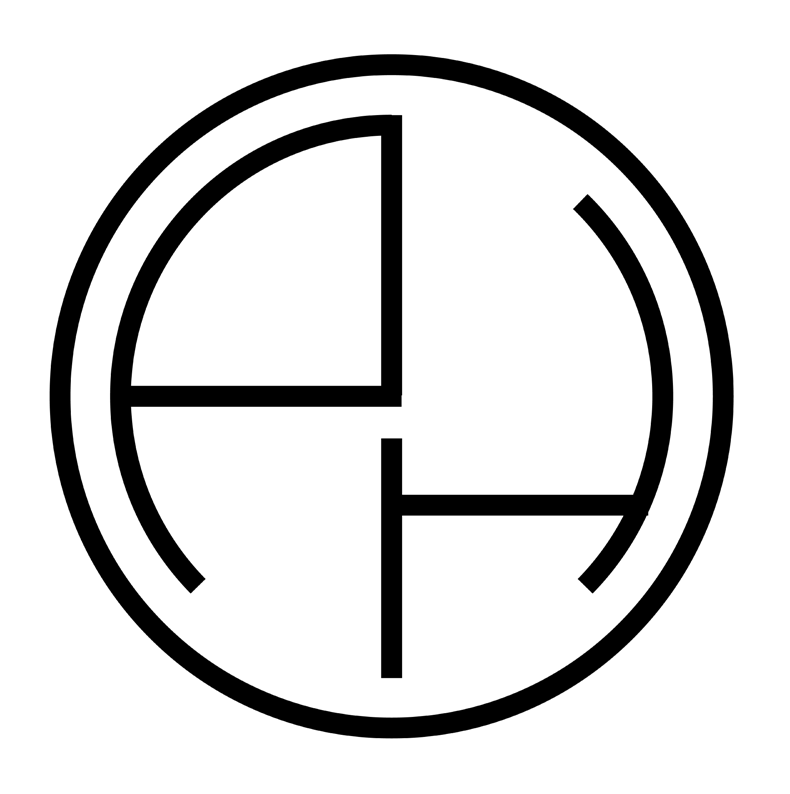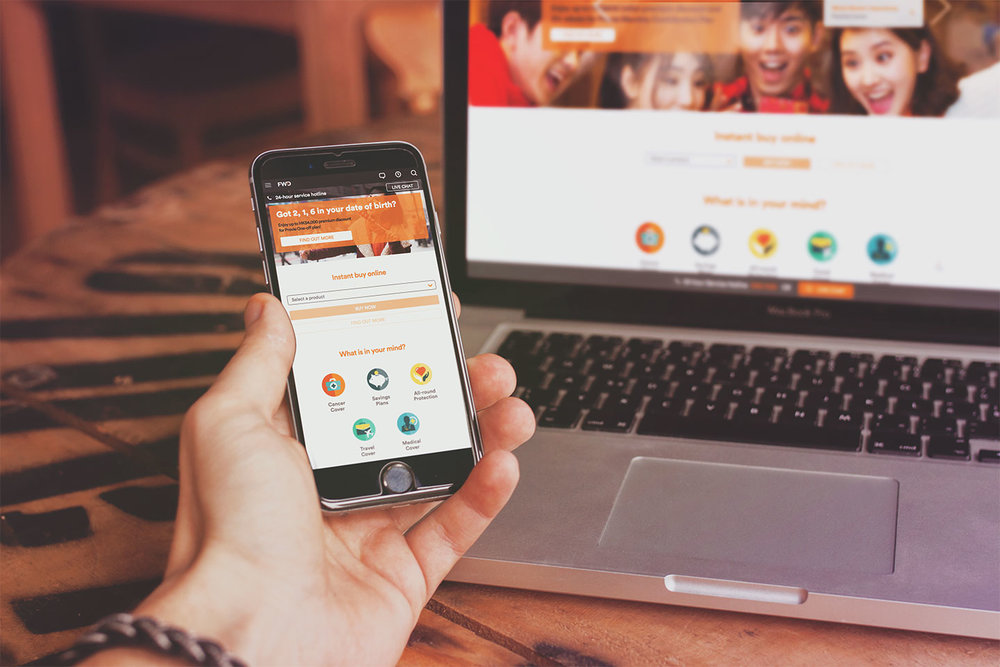Tuen Mun Hospital
In 2016, the Nursing School at Tuen Mun Hospital was undergoing renovations and wanted to understand how new designs could help staff improve their productivity.
My Role
I led a team of four interaction designers to research, prototype, and recommend design guidelines that would help Tuen Mun Hospital Nursing School staff improve their productivity.
I used Experience Sampling Method (ESM), a mixed research method that studies users "in the wild". The process and design of our ESA prototype was featured in TU Delft's Pick-a-Mood product manual.
Poster and laser-cutting design by Steve Ning
The Challenge
Speaking the unspoken in 5 days
Emotions play an important part in human-centred research, and juxtaposing traditional interview methods, we found that ESM is able to reveal robust, longitudinal data while building rapport from users. It is a highly customizable and scalable method that incorporates users' self-reports during or close to the moment of their experiences.
It not only asks what users do, but how they feel and why.- Many workplaces have social and political reasons for not being able to answer truthfully why people do certain things. This Nursing school was no exception.
- Even though Management thought that a physical change was needed to the work environment to improve productivity, our research quickly found otherwise.
- We needed to show that our design recommendations came from our qualitative and quantitative data, while keeping interview answers confidential. However, we only had five work days to collect enough substantial data, so as not to disturb the staff's productivity even more.
The Process
Discovering Stakeholder Needs
We visited the Nursing School and staff to observe their work situation, understand the workflow in the building, and listened to Staff and Management concerns during semi-structured interviews. We also took photos of their work station for reference.
“When there is a lot of ongoing work, I’m excited!”
Developing Insights
We used affinity diagrams to help categorize staff pain points from two interviews, as well as our own observations as researchers about the work environment.
Designing ESM Research Tool
After identifying that mood, overwork, and lack of organization were main factors effecting the staff, we started prototyping a tool that could further confirm or deny our insights.
Making Research Fun
Through baseline interviews and observation with our volunteer administrative staff, we drew insights on how to design our ESM tool that would elicit self-reports. To motivate users and ensure we got responses at each checkpoint, we designed a desktop toy (compact, interactive) that would serve as a fun reminder to collect responses from users four times a day, for five working days.
Mobile-friendly web survey links customized for the different checkpoints were written in English and spoken Cantonese. These were sent via an auto-reply email, which also included the photo they sent to us as an attachment to mimic the affirmation and response real conversations have.
Automating Information Gathering
We used a five-day work week to collect longitudinal data from the staff three times a day. Arduino and IFTTT were used to make prototypes that had light triggers and physical affordances that would give staff reminders to self-report their mood and productivity levels.
After more brainstorming and sketching, we knew we wanted to use the TU Delft's Pick-a-Mood avatars as pre-chosen options for the test subjects to input their mood. We also wanted pre-chosen options for the self-reported productivity rating.
The intial ESM tool involved:- Lighting up automatically as a reminder for users to
- share their mood by spinning a carousel using Pick-A-Mood avatars developed in IDStudioLab at TU Delft (N.R. Herrera, 2016)
- and sliding a scale to share how they would rate their productivity.
Initial Concept Sketches (Credit: Daisy Yu)
Initial ESM Tool
Initial User Feedback
The users were so impressed with our ESM tool or "desktop toy" that they asked if they could keep it to play with. We had just knocked one of our challenges out of the park, creating a research that actually delighted our subjects when our intial goal was to minimize disturbance during our longitudinal 5-day collection.
“Can we keep this after the research? It’s a helpful reminder and such a cute toy!”
Developing themes from 1,440 Data Points
After 5 full working days of collecting data automatically downloaded, both staff had 180 cells of data to code. Four team members went through 360 to interpret 1,440 quantitative and qualitative data using grounded theory-inspired methodology.
Design Recommendations to promote productivity
After the team of four individually coded mood keywords into qualitative keywords, a theme started coming out in positive and negative feelings. Stress, Predictabilty, and Teamwork were the main factors that stood out.
Mood, mapped with the quantitative ratings of productivity, compared across two subjects, were visualized on a y-axis matrix. The time of day across the five days were mapped on the x-axis. We started seeing a correlation between the keyword-coded moods and the extremes of high and lows in productivity. Once we could start to see a trend, we went back to our data to see if there were certain quotes that could supplement our findings.
Iterating Applicable Frameworks
Since the final research findings presented to the client were so different from their intial expectations of possible interior design changes, further prototype iterations were out of scope. We decided to propose final extrinsic and intrinsic recommendations to answer the question of how our research could help pinpoint how to pump up staff productivity.
The Result
Design Opportunities for the Adminstrative Staff
- Solving problems together increases motivation
- Recording accomplished tasks more frequently could decrease stress and increase motivation
- Visualizing team goals together could increase inter-departmental communication and collaboration
- Categorizing tasks could help visualize organization’s pain points
Opportunities for Machine-Learning
By asking a simple "can you tell us a bit more about why...", we were pleasantly surprised at how much we learned about our users' daily routine, their difficulties, and what boosted their mood and productivity through daily diary responses. From our raw data that was automatically recorded using IFTTT triggers, we narrowed down three factors that served as design guidelines for the school using grounded theory including opportunities for machine-learning and predicting low mood before it effected productivity.








